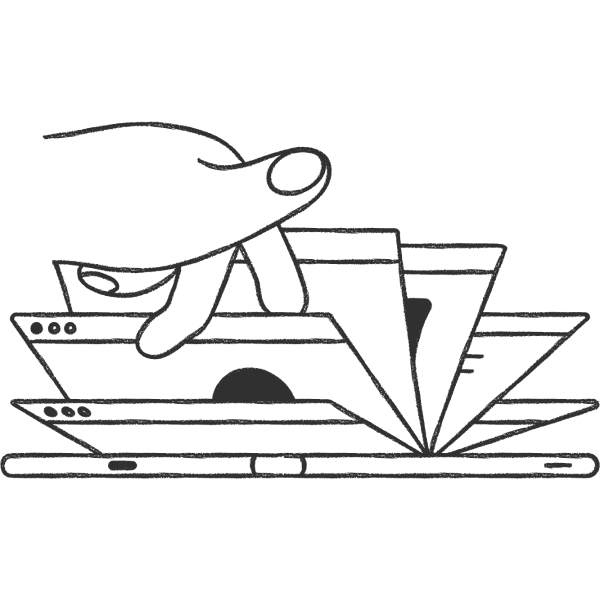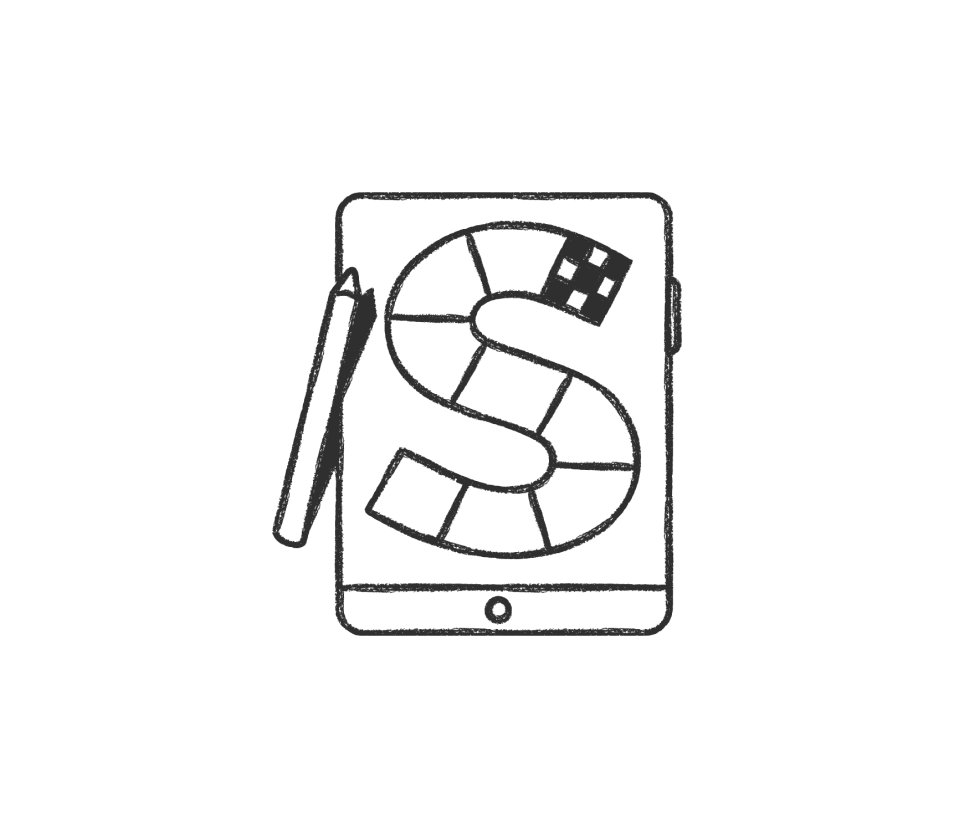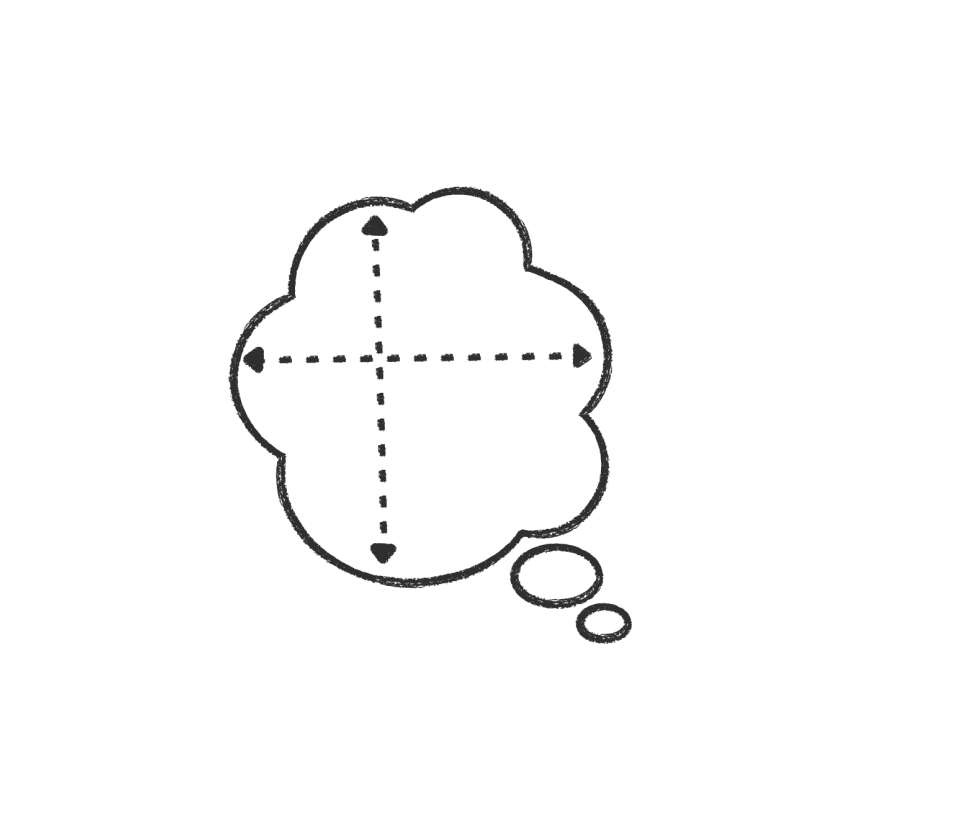What is a Product Requirements Document Template?
A product requirements document template, also known as a PRD template, concisely outlines key information about a new product or feature. A PRD template is a dynamic tool that acts as a roadmap throughout the product development process, most often established by the product manager and used by designers, stakeholders, and the engineering team.
Some see product requirements document templates as outdated in the ever-changing modern development world. This isn't the case! Effective PRD templates aren't long - they're comprehensive and concise. Even agile development teams who favor user stories over more traditional development requirements find themselves benefiting from user-focused PRDs.
Pro Tip: Really want to keep it short and sweet? Limit your PRD templates to one page.
How to customize Slite's PRD Template
Ready to go? Begin customizing your PRD template by:
Researching... Then Researching Some More
Before you even start putting together your PRD template, find out everything possible about the specific features you'll be working on in the product requirements document. You can do this by meeting with various team members or with your client directly. The more you know, the easier this process will be.
Answering The Big Questions
Product management is a daunting task, and it's all too easy to get bogged down by development jargon, disorganization, and confusing details. You can avoid this by focusing on the big questions at the beginning of the development process, plain and simple.
A good product documentation template should guide you in outlining the target audience, key features for different personas, functionalities, and success metrics of your product.
Back to basics: Think about why your product should be developed and who it's being developed for.
Establishing Key Players
Since product development processes involve so many moving parts (and people!), it's best to establish the key players that make up your product development team as soon as possible. Your PRD is a living document that serves as foundation for product jams.
Building a Strong Consensus
Product development is notoriously tricky as there are many different parties involved, often with completely different interests and skills (think project managers, clients, investors, engineers, developers, and designers all working together). Having all these parties work on or approve the key elements of a PRD template will help balance their interests and set clear expectations from the get-go.
Slite's sharing and collaboration features help you gather, share, and organize data. You decide who can view the document and who can make the changes, so your information stays secure.
Customize Formatting
Slite's product requirements document template lets you customize your PRD to suit your needs. You can use a variety of fonts, colors, and styles to create a professional-looking document, and add and remove blocks to get the template you want.
Save the Template for Later
Once you have customized your product feature template, you can use version control to reproduce it and optimize it to meet the needs of future products.
Define Spaces for Visual Aids
Your Product Requirements Document Template should include space for images, diagrams, and tables. Utilizing visual aids can clarify technical details and make the document more accessible to non-technical stakeholders. Slite's PRD Template lets you include charts and images directly in the editor, which makes adding visual aids quick, convenient, and easy.
Key elements of a Product Requirement Document Template
By now you might be wondering what a product requirements document template typically consists of. They generally include:
The new product's purpose or general objective
All key team members and stakeholders should be involved in this phase. Don't over complicate your product requirements template and focus on questions like: "Why would someone want to buy this product?" "Who would buy this product?" and "What problem will this product solve?" All you’re trying to do, is build a starting single source of truth for all product related info.
Product feature requirements
This section is key as it informs the product development team of exactly what needs to be built. Good practice when building a product feature docs is to link back to the product purposes, objectives, and use cases. Here's our product specification template to keep your information organized.
Release Criteria
This includes key information like release date(s), tentative timeframes, milestones, and dependencies as well as product benchmarks like supportability, functionality, and reliability in your product documentation template.
User flow & design
A successful product is an intuitive product. This is a visual section that shows how the finished new feature or product will look and how the end user will interact with it. Any simple requirements document template should include the main mockups and wireframes. While your final product may look different, you need to focus on the bare minimum to create a starting point for conversation.
Final Insights, KPIs, and Future Work
Our product requirements document template gives you a place to summarize learnings from monitoring your key performance indicators, identify opportunities for improvement, offer risk mitigation strategies, and outline plans for future product enhancements, features, and upgrades.
What can a product requirements document template do for me?
Putting together a good product requirements document template is well worth the effort because they...
Keep the product team on the same page
When it comes to the development world, it's all too easy for team members to develop wildly different ideas about a product during the development process. PRD templates make sure that essential product requirements are well-documented, which should be music to any project manager's ears.
Allow team members to single out what works and what doesn't
Great products aren't made in a day, after all. No matter how many times you have to rework your product, the latest product requirements template will still give your team a useful starting point to edit from. Let them pitch in their ideas on user experience, product strategy, sprints, and the product lifecycle. Most importantly, encourage them to ask open questions. Sometimes, open questions and discussions turn into the best AHA moments later.
Help you establish your vision
PRD's top-down waterfall approach encourages you and your team to establish a detailed vision for your product right off the bat. Creating a product requirement document template beforehand can help clarify the entire development methodology and allocate resources faster.
Slite's free product requirements document template
Here at Slite, we want to make the process of putting together a product requirements document template easy for you. Trust us, it doesn't have to be as complicated as it sounds.
Our product requirements document template will act as your product roadmap... all you have to do is brainstorm and fill in the details for your next great product. Slite's product document template allows your product development team to work collaboratively, making your workflows a breeze, no matter how many times you have to revise it.
Oh... and did we mention that it's free?...
voila! You've made a great start to your product development process. We're sure that your new product or feature is going to be a winner... and we can't wait to hear all about it!


